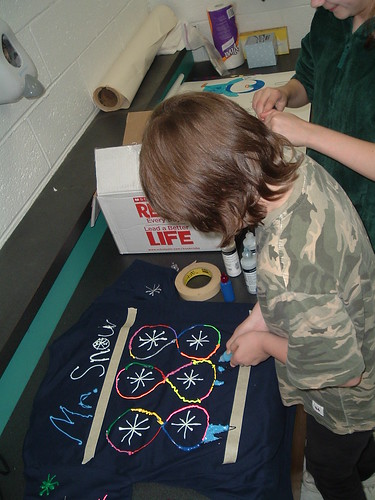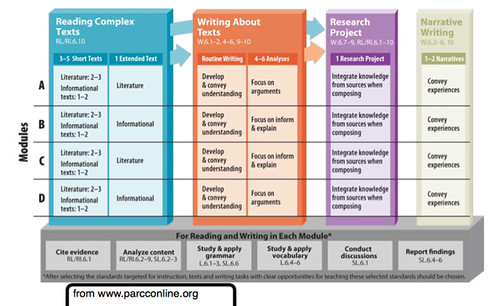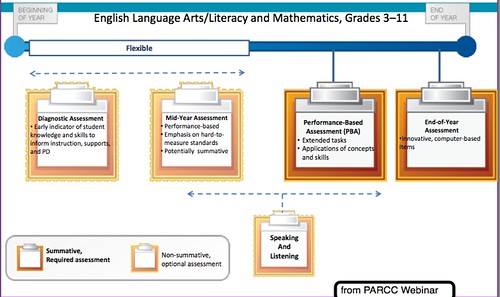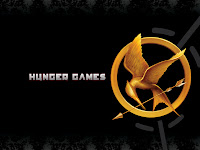I’ve been taking part in an online study group at the P2PU Open Course site with some National Writing Project friends. The discussion group is centered around the theme of writing in a digital age (with leaders Troy Hicks, Christina Cantrill and Katherine Frank). We’re nearing the end of things, and so some of us are reflecting a bit (a stalwart activity of any NWP event) on where we might go from here with some inquiry work.
I had posted a bit about how I was considering the model of the study group for a year-long inquiry theme at our Western Massachusetts Writing Project that will begin in September and be the thread of discussions throughout the year. I pointed out the difficulty in online spaces to make sure everyone is involved. In the study group, there are a bunch of people just reading and following but not writing. In other words, there are many more observers in our study group than there are writers.
How do we pull those all of those folks into the activities and get their voices heard so that a select few don’t take command of the discussions because they have the loudest voices, I wondered? (And I know I am one of those loud voices.)
This is an excerpt from what I wrote:
On a “bigger picture” note, this study group also reminds me that a lot of people may be following the discussions here but not participating. I’m not judging because this is a part of online communities across various platforms and there are many factors that go into why a person “lurks” or participates. There are lots of reader; fewer writers. The question remains of how to get more folks involved as active participants in activities (thinking now of how our WMWP inquiry work might learn from the interactions here). This pondering parallels with my philosophies that I have for my students — shifting them from passive consumers of media into active creators of it, and giving them agency with the technology.
Certainly, having specific, do-able activities is part of the solution, and also, having some playfulness in the community is a key component, too. If it’s too much like work, then no one is going to spend time doing it. We do enough of that during the day. Finding some balance between thoughtful inquiry, meaningful play and positive connections is the way to build an online community.
One of my study group colleagues responded:
… what drew me immediately to my computer this morning was the light suggestion that those of us who don’t participate with the community are “lurkers.” I know that Kevin didn’t mean this in a disparaging way — and perhaps his use of the term as strategic (It certainly got me typing). Just as we create classrooms where all students participate and contribute, do we also need to create these online spaces where the same kind of participation takes place? (I think so). And just like we don’t always have one large group conversation where anyone can contribute their thoughts at any time in our classrooms, I wonder if we need to think about how to create different kinds of interactions in spaces like this one.
What I know from my classroom experience is that once the “smart” students start talking, other students who don’t feel as smart or knowledgeable will often remain silent. And I think we may want to think about race and gender and probably other factors which may be at play as well. Who is silenced in this space and why? It is easy to think that it just a time issue, but I think there are probably other reasons as well.
One of the lessons we learned at the Greater Kansas City Writing Project (through our Project Outreach work focused on serving the needs of those most affected by poverty) is that just creating an open and welcoming space doesn’t mean that we are doing enough to address our lack of diversity. If we wanted to diversify our site, we had to take strategic steps to do so. I think that if we want more participation, we may need to think strategically about how we do so. I agree that having specific tasks to complete is one good strategy. And I guess my own inquiry has much to do with how we ensure that these digital spaces are participatory and democratic, and not replicating historically racist, classist, sexist ways of silencing us.
And a very minor note, but there are online lurkers; they are not good for the community. But there are also online observers, some of whom are learning the rules of the discourse community they are visiting, or are just dropping in to see what is going on. These observers are good for a community. We want to encourage these guests to stay for the party, not make them feel like the outsiders they may already feel like they are.
Another stated this:
In response to some of the concerns about diversity, or making all voices feel welcome, again I don’t think there is a technological short-cut. You just have to take the time to form human relationships, and take people and their contributions seriously. This is different than just having a “friends” or “follower” list. One also has to be cautious about only interacting with people like oneself, forming a perception bubble that excludes opposing points of view. Optimistically, one could argue that digital learning is more empowering because it is less tied to socio-economic privilege. In the U.S., the privatization of education means that the only thing an advanced degree indicates is that you could afford one.
One reason that it is scary to post in online forums–you have to work without the safety net of time delay, editing, or peer-review. In traditional publishing, once you reach the level where you have the chance to speak at all, you are coddled by editors, assistants, and an entire culture that leads to a very well proof-read (but limited and often toneless) voice. Even as a grad student the mentality was that only the most worked-over and approved prose should ever be public. We were told that the more we posted on social networking sites, the less likely our chances would be of finding a job.
I’m thankful for their comments, as it now has me thinking more about those who are “lurking” (and may have no intention of ever joining in a conversation but just are passing through) and those who are “listening” (and are seeking a road in or an invitation to join, but also, may be getting a lot of just following the conversation because it connects to their own learning). Lurkers are fine, and I suspect we all do it when we are online in one form or another.
But listeners are whom we want to connect with if we are building an online space or community. Once again, I am struck by the Slice of Life Challenge at Two Writing Teachers. I’ve become interested in the slices where the writers talk about what drew them into creating a blog and joining the challenge. Most refer to personal connections with Ruth and Stacey, and the sense of a supportive writing community that values their voice and thoughts. We can learn a lot from those kind of connections.
Peace (wherever you are, whomever you are),
Kevin
 We’re just under a week from our annual Quidditch Tournament and the artwork frenzy has taken hold. We are working on huge banner posters for our team (Permafrost) and every student is hard at work, finishing up their T-Shirt art projects. Yesterday, I realized that my own T-Shirt was still an empty canvas, so I asked a few students to get to work on it.
We’re just under a week from our annual Quidditch Tournament and the artwork frenzy has taken hold. We are working on huge banner posters for our team (Permafrost) and every student is hard at work, finishing up their T-Shirt art projects. Yesterday, I realized that my own T-Shirt was still an empty canvas, so I asked a few students to get to work on it.



